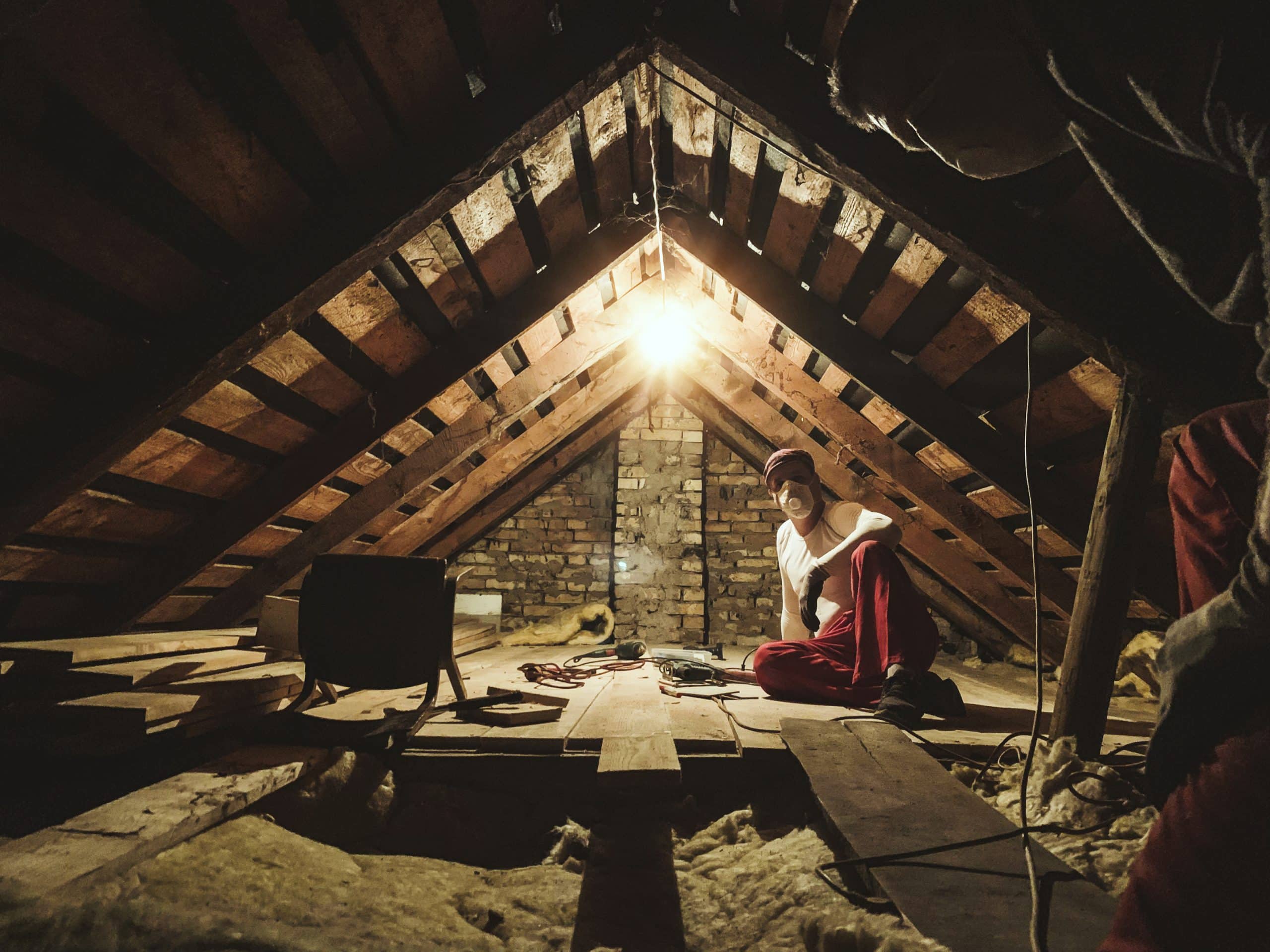What Are the Best Techniques for Restoring a Period Fireplace?

When it comes to home restoration projects, the fireplace typically holds a prominent place. More so, if you are dealing with an antique or period fireplace, such as a Victorian-era piece. These fireplaces, often constructed with cast iron and adorned with intricate designs and tiles, bring an undeniable charm and warmth to a house. They require special care for restoration, including rust removal, polishing, painting, and sometimes tile replacement. Let’s delve in to understand the best techniques for restoring a period fireplace, creating a focal point in your design that will make your house stand out.
Understanding the Anatomy of a Period Fireplace
Before we dive into the nitty-gritty of restoration, let’s familiarize ourselves with the common features of a period fireplace. Most Victorian-era fireplaces are made of cast iron, a robust and heat-resistant material. They are often intricately designed, with beautiful architectural details that reflect the aesthetics of the period.
A lire également : What’s the Best Way to Design a Meditation and Yoga Space with a Modern Aesthetic?
The fireplace can be divided into several key components: the firebox, the mantel, the hearth, and the chimney. The firebox is where the fire is lit, the mantel often serves as a decorative shelf above the firebox, the hearth is the floor of the fireplace, and the chimney helps funnel smoke out of the house.
Understanding these components is crucial in your restoration project. It will guide your work and ensure you apply the right techniques to the right parts of the fireplace.
A voir aussi : How to Create a Child-Friendly Vegetable Garden in an Urban Backyard?
Tackling Rust and Restoring Iron
One of the most common problems with period fireplaces is rust. It forms when the cast iron is exposed to moisture, which reacts with the iron to produce iron oxide or rust.
When dealing with rust, patience is vital. Apply a rust remover to the affected area and let it sit for the specified time. Use a wire brush to scrub away the rust, then wipe the area clean. Repeat this process until all rust is removed.
After tackling the rust, consider sealing the cast iron with a high-temperature paint. This won’t just refresh the look of the fireplace, but also protect the iron from future rusting.
Rejuvenating Tiles and Fireplace Surround
The fireplace surround and tiles can make a big statement in the design of your house. Often, Victorian fireplaces feature ornate tilework that needs careful attention during restoration.
Tiles can be cleaned using a mixture of warm water and mild detergent. Use a soft brush to gently scrub away any grime. For stubborn stains, you may consider using a specialist tile cleaner.
If tiles are cracked or missing, you will need to source replacements. Many companies specialize in reproduction tiles that are perfect for period fireplaces.
Polishing and Painting for a Fresh Look
After rust removal and tile cleaning, your fireplace may already be looking much better. However, you may want to consider polishing the cast iron to really make it shine.
You can buy specialist cast iron polish for this task. Apply it according to the manufacturer’s instructions, usually by rubbing it into the iron using a soft cloth.
Then, consider painting the fireplace. High-temperature paint is essential here, as it can withstand the heat of a fire. Go for a traditional black or choose a color to complement your house’s design.
Ensuring Safe and Functional Use
Once the visual restoration is complete, it’s time to ensure that your fireplace is safe to use. The chimney is a critical component here.
Chimney cleaning and maintenance are best left to professionals. They will inspect the chimney for any blockages or damage that could pose a risk. Cleaning removes creosote buildup, which can cause chimney fires.
Finally, always install a carbon monoxide detector in the room with your fireplace. This will alert you to any dangerous leaks that can occur when a fire is lit.
In conclusion, restoring a period fireplace is a labor of love. With the right techniques and a bit of patience, you can bring back the former glory of your Victorian fireplace, adding warmth and character to your home. Enjoy the process and the transformation that follows!
Stripping Old Paint and Applying Grate Polish
One common issue with cast iron fireplaces, especially those from the Victorian era, is that they are often coated with layers of old paint. This may have been done to freshen up the fireplace’s appearance over time or to protect the cast iron from heat and rust. However, this old paint can peel, crack, or become discoloured, detracting from the beauty of your period fireplace.
To remove old paint from your cast iron fireplace, you’ll need to use a paint stripper. This product is designed to break down the chemical structure of the paint, making it easier to remove. Depending on the strength of the paint stripper, you may need to apply it and leave it on for a few hours or even overnight.
Before applying the paint stripper, protect the surrounding area with a drop cloth or plastic sheeting. Wear protective gloves and ensure the room is well ventilated. Apply the paint stripper using a brush and ensure that all painted surfaces are thoroughly covered.
Once the paint stripper has had time to work, you can start to scrape off the old paint using a paint scraper or steel wool. This stage takes patience and you’ll need to work slowly and methodically to avoid damaging the cast iron underneath.
After successfully stripping the paint, it’s time to apply grate polish to your cast iron fireplace. The purpose of grate polish is to protect the iron and give it a rich, dark lustre. Using a cloth or brush, gently work the polish into the surface of the cast iron. Buff the polish with a dry cloth until your fireplace shines.
Maintaining Your Restored Fireplace
After dedicating time and effort to restore your cast iron fireplace, maintaining its beauty becomes a priority. A few simple steps can help ensure your fireplace continues to captivate as a focal point in your home for years to come.
Firstly, keep your fireplace clean. Regularly dusting and wiping down your fireplace helps to prevent the buildup of dirt and grime. Use a soft cloth or brush to clean the surface gently. For the firebox, you can use a vacuum to remove ash and soot after each use.
For gas fires, routine inspections and maintenance are critical. A gas safe engineer should perform these checks at least once a year. This will ensure that your gas fire is safe to use and operating efficiently.
Another important aspect of maintaining a fireplace is the use of appropriate fuel. Not all fuels are suitable for use in iron fireplaces. Some fuels can cause damage or produce a lot of smoke. Always use fuels recommended for use in cast iron fireplaces.
In conclusion, restoring a period fireplace is a task that requires understanding, tenacity, and patience. It involves several steps, from understanding your fireplace’s anatomy to stripping old paint, removing rust, rejuvenating tiles, and applying grate polish. Maintaining your restored fireplace is just as important to ensure it remains safe for use and continues to add character to your home. The task may seem daunting, but this complete guide aims to provide you with comprehensive steps and tips to make your fireplace restoration project a success. Remember, the result is well worth the effort. It’s time to restore your fireplace, bring out the beauty of the cast iron, and let the charm of the Victorian era envelop your home.
